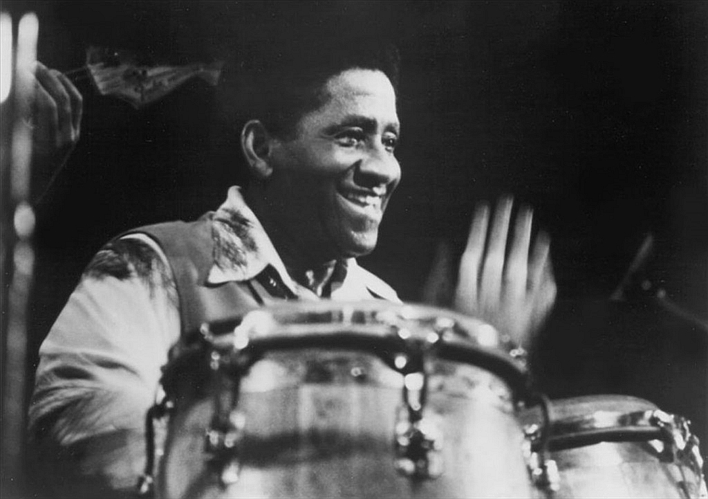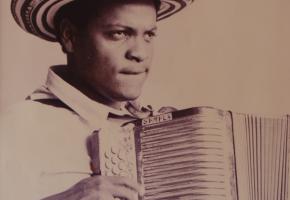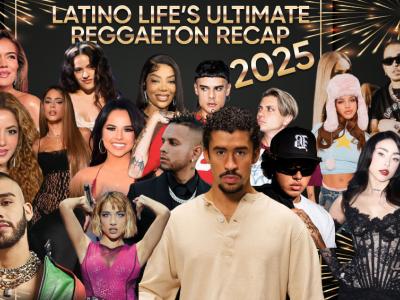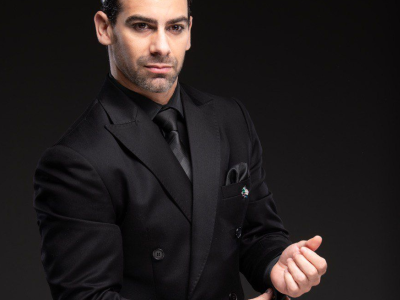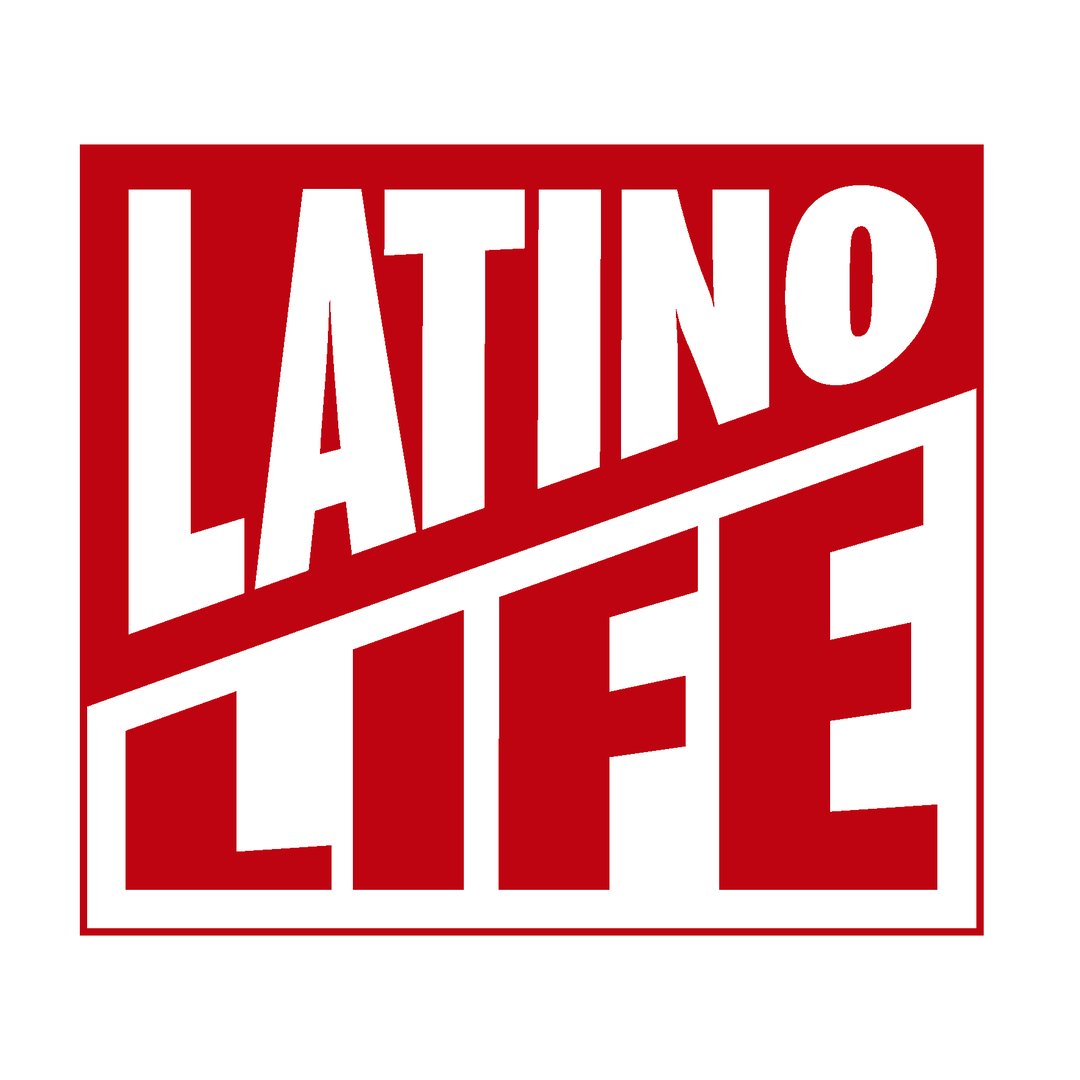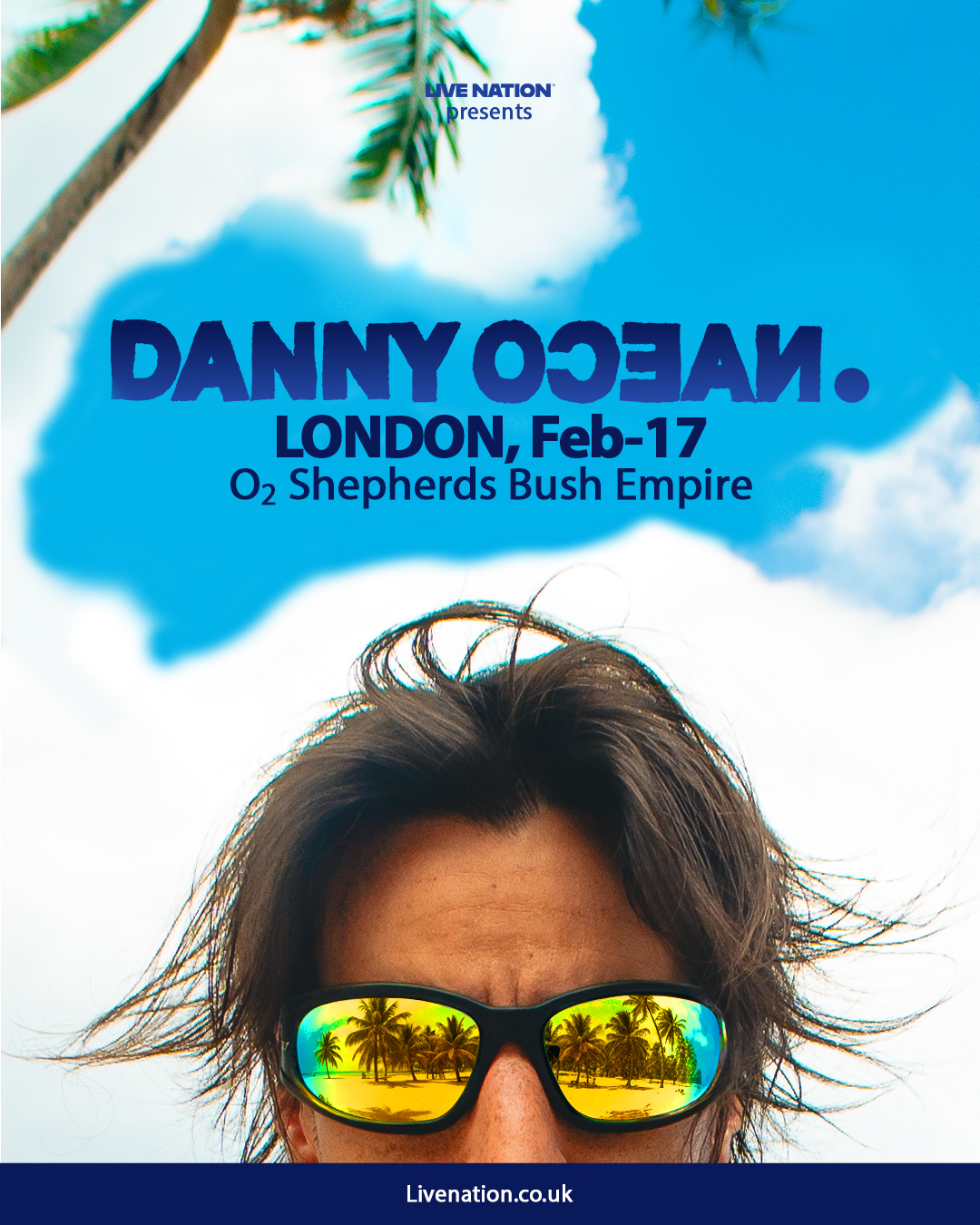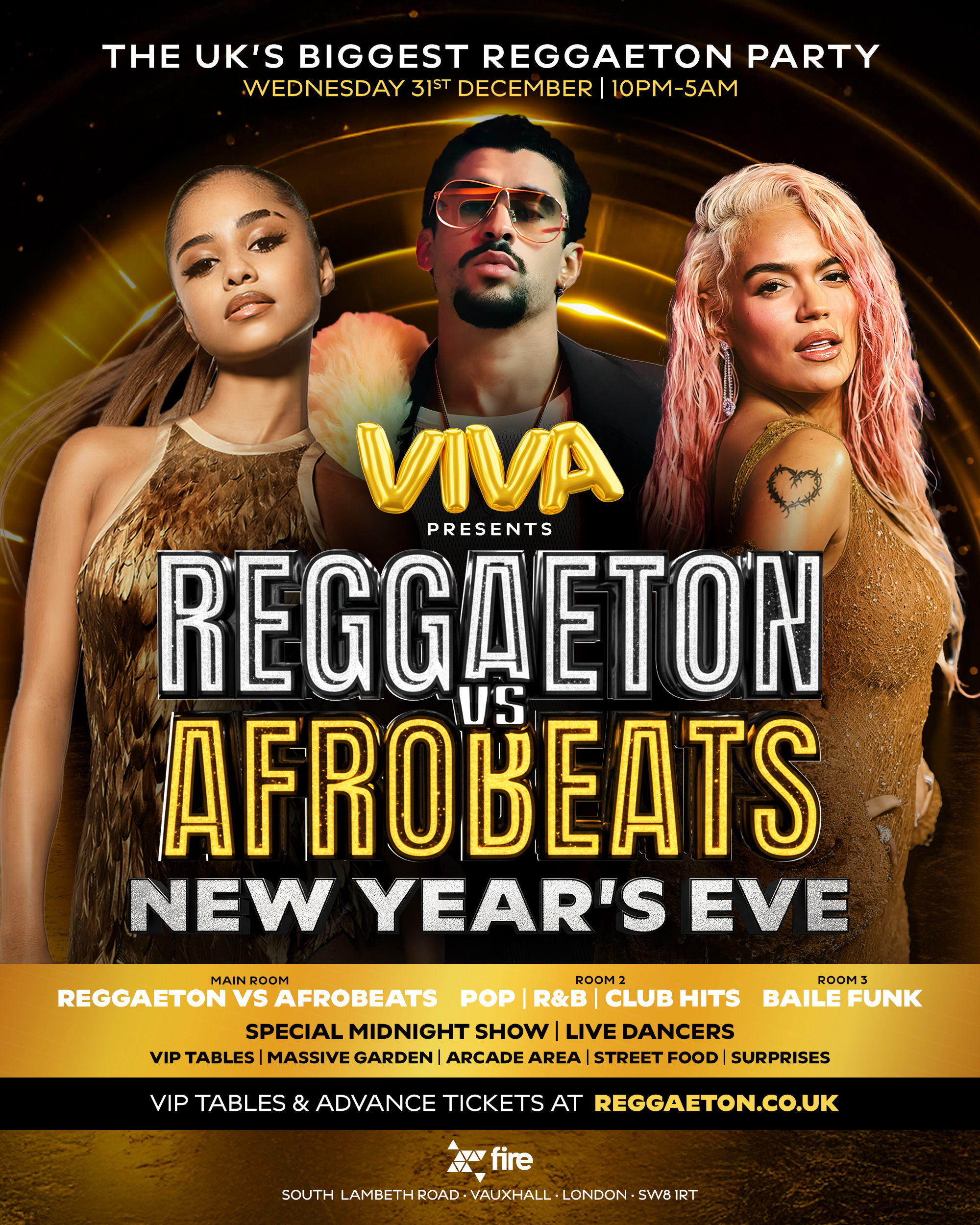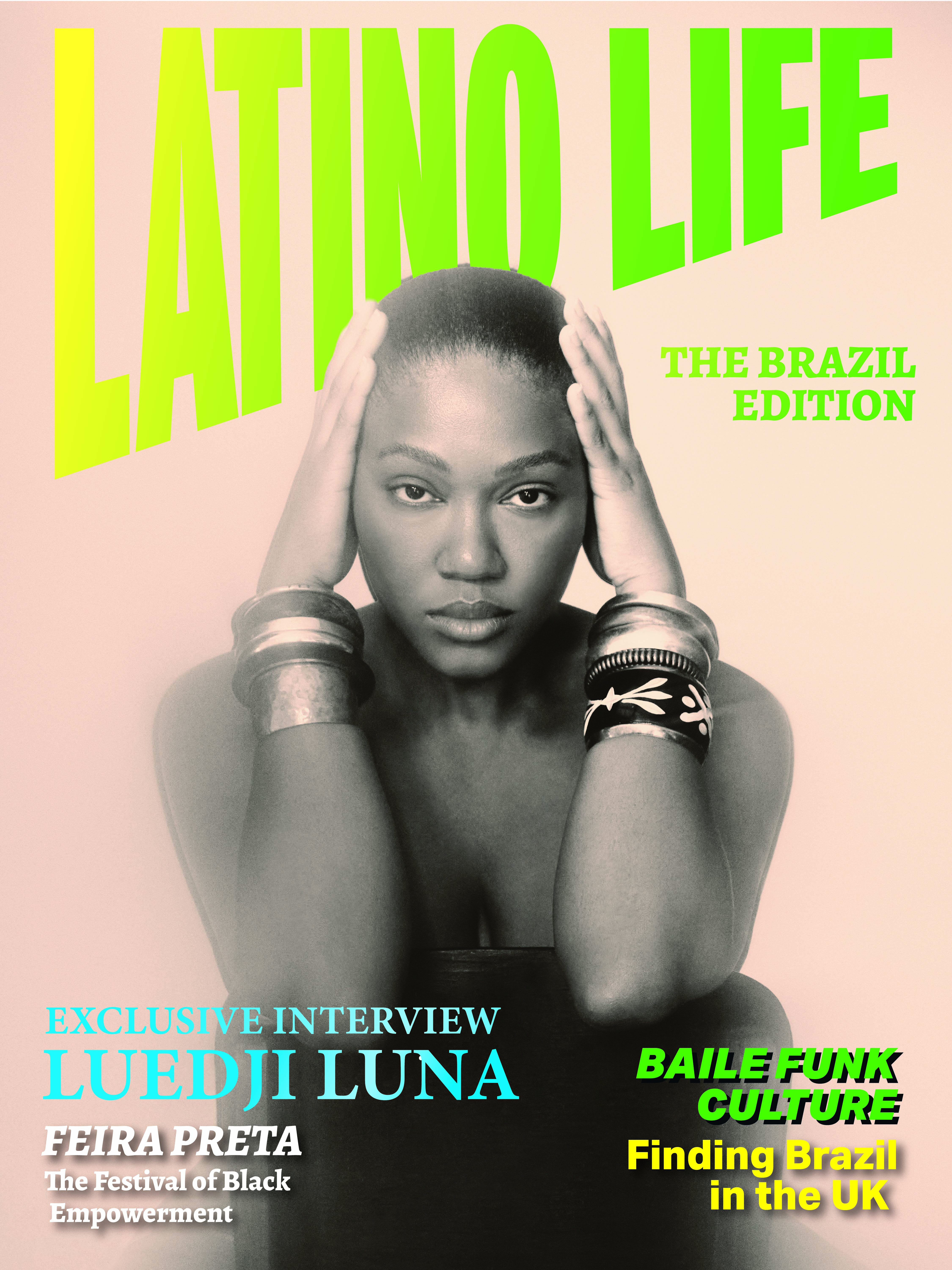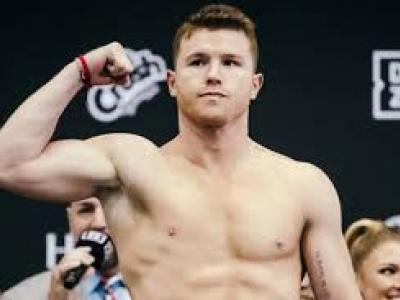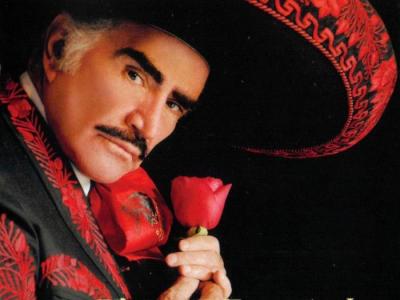Santamaría learned rumba as a kid in the streets of Havana, by observing different drummers. "We played mostly music from Africa, but we changed it our way. The music we made dealt with religion and conversation. The drum was our tool and we used it for everything," he reminisced. "When I play I don't know how I do it, or what I do ... I just play."
Mentored on bongos and congas by Clemente "Chicho" Piquero, who played in Beny Moré's band, when Chicho couldn’t join a tour in Mexico in the late 1940s, he recommended Santamaría for the job. Returning from Mexico in 1950, Santamaría moved to New York City, where he became Tito Puente's conga player and then joined Cal Tjader's Latin jazz combo.
In 1959 Santamaría recorded "Afro Blue," the first jazz standard built upon a typical African 3:2 cross-rhythm, or hemiola, when playing with the Cal Tjader Sextet. The song begins with the bass repeatedly playing six cross-beats per four main beats—6:4 (two cells of 3:2). The following example shows the ostinato "Afro Blue" bass line.
Santamaria became a leading figure in the pachanga and boogaloo dance crazes of the 1960s. He formed his own charanga, while at the same time recording some of the first rumba and Santería music albums. By the end of the decade, he had his first pachanga hit, "Para ti."
He then became a pioneer of boogaloo with his recording of Herbie Hancock’s WaterMelon Man which became an instant hit.
As Herbie recalled: “ Mongo and Donald Byrd were talking about the difference between American and Cuban Jazz, and Donald asked me to play 'Watermelon Man' for Mongo' So I started playing it, and then Mongo got up and he said, 'Keep playing it!' He went on the stage, and playing his congas, and it fit like a glove fits on a hand, it just fit perfectly. The bass player looked at my left hand for the bass line, and he learned that. Little by little, the audience was getting up from their tables, and they all got on the dance floor. Pretty soon the dance floor was filled with people, laughing and shrieking, having a great time, and they were saying, 'This is a hit! This is fantastic!' It was like a movie! So after that, Mongo said 'Can I record this?' I said 'By all means.' And he recorded it, and it became a big hit. That's how it happened.”
Check out this amazing live performance in 1980 shown on Channel 5 in Boston...
The sudden success of the song propelled Santamaría into his niche of blending Afro-Cuban and Afro- American music, recording Cuban-flavored versions of popular R&B and Motown songs.
He signed record deals with Columbia, Atlantic and Fania, collaborated with salsa artists and became a member of the Fania All-Stars, often showcasing his conga solos against Ray Barretto. In his later years, Santamaría recorded mostly straight Jazz and Latin jazz for Concord Jazz and Chesky Records.


